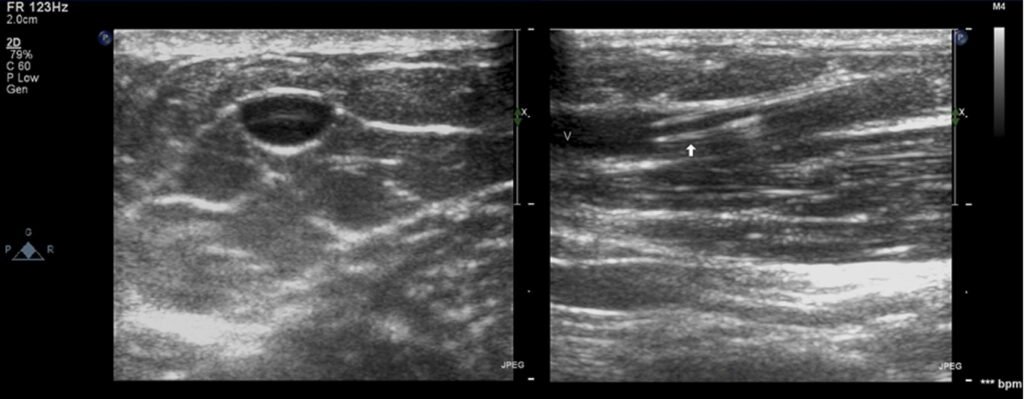Doppler Ultrasound in Obstetrics
Obstetrics and gynecology are two disciplines that deal with the female reproductive system. While Obstetrics deals with pregnancy and the procedures and complications that come with it, gynecology treats women who are not pregnant. Obstetrics thus deals with the pregnant mother’s well-being as well as the delivery and healthy outcome.
Obstetricians collaborate closely with pediatricians and neonatologists to care for newborn babies and reduce the risk of mortality and disease.
Functions of an obstetrician
Gynecologists and obstetricians both care for women’s health, with obstetricians, in particular, caring for pregnant women. They carry out the following procedures and functions:
- Normal delivery as well as essential assisting steps Obstetricians are responsible for monitoring and assisting normal delivery in a woman during labor in collaboration with midwives.
- Their duties include facilitating delivery by performing an episiotomy, which entails making strategic cuts over the pregnant mother’s perineum to enlarge the birth canal.
In order to reduce maternal fatigue during prolonged labor, assistance may be required to speed up the process.
Obstetric ultrasound uses sound waves to produce pictures of a baby (embryo or fetus) within a pregnant woman, as well as the mother’s uterus and ovaries. It does not use ionizing radiation, has no known harmful effects, and is the preferred method for monitoring pregnant women and their unborn babies. A Doppler ultrasound study – a technique that evaluates blood flow in the umbilical cord, fetus, or placenta – may be part of this exam.
Obstetrical ultrasound is a useful clinical test to:
· establish the presence of a living embryo/fetus
· estimate the age of the pregnancy
· diagnose congenital abnormalities of the fetus
· evaluate the position of the fetus
· evaluate the position of the placenta
· determine if there are multiple pregnancies
· determine the amount of amniotic fluid around the baby
· check for opening or shortening of the cervix
· assess fetal growth
· assess fetal well-being
Which Ultrasound Scanner is the best for Obstetrics and Gynecology assessments?
The Convex Transvaginal Wireless Ultrasound SIFULTRAS-5.43 FDA Cleared, is a revolutionary color wireless ultrasound scanner. SIFULTRAS-5.43 has two heads. Thus, making it more practical and more affordable than buying two separate single-headed probes. The transvaginal also called endovaginal ultrasound, is a type of pelvic ultrasound used by doctors to examine female reproductive organs. This includes the uterus, fallopian tubes, ovaries, cervix, and vagina.
Ultrasound has become a part of everyday life, and with our time-saving, easy-to-use Ultrasounds, you can focus on your diagnosis rather than the device’s operation.
Our SIFULTRAS-5.43 includes innovative technologies featuring automated measures that give the size and age of a fetus from one single measurement. The convex side of the Doppler is used for in-depth examinations of the internal parts of the body.
We recommend the Convex and Transvaginal Color Double Head WiFi Ultrasound Scanner because it can be used for multiple applications at the same time and has a frequency range of 3.5 to 5mhz. It can reach depths of 100 to 200mm to monitor, examine, and diagnose the body’s internal organs. It is used on a daily basis to examine pregnant women and is completely safe in this regard. In the medical field, the wireless probe has a wide range of applications.
This device also measures distance, area, obstetrics, uterus, fallopian tubes, ovaries, cervix, and vagina.
To conclude, ultrasound technology and its applications in healthcare have advanced. Ultrasound scanners are improving and procedures are being refined on a daily basis. Smaller portable scanners have recently become more common, aiding in the integration of ultrasound into more areas and stages of patient care.

References: Obstetric Ultrasound, What is Obstetrics?

